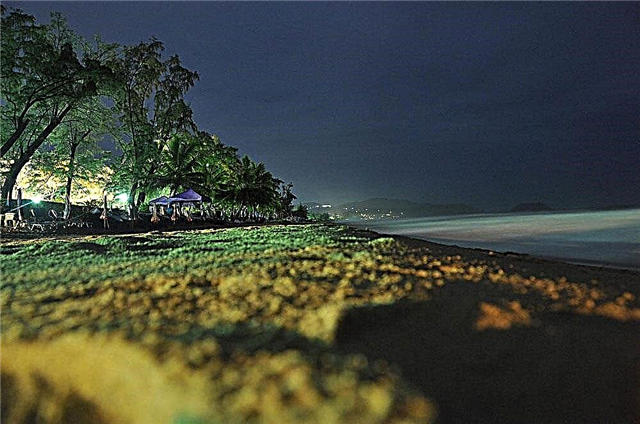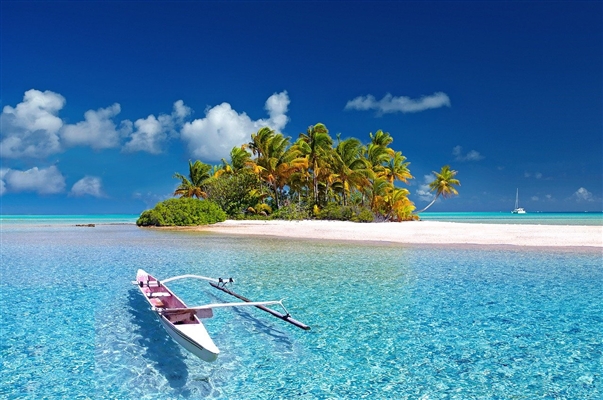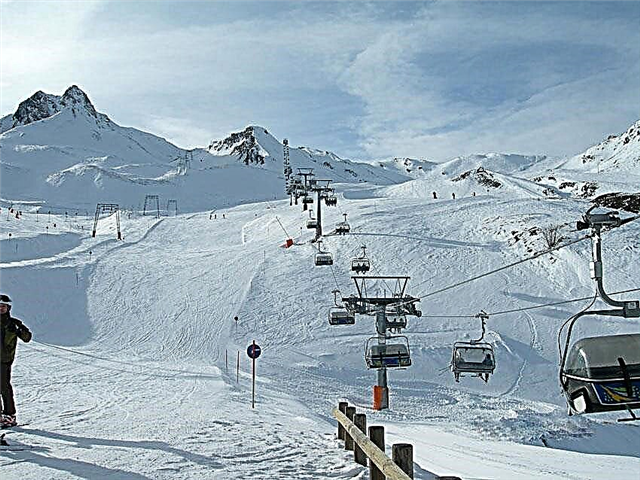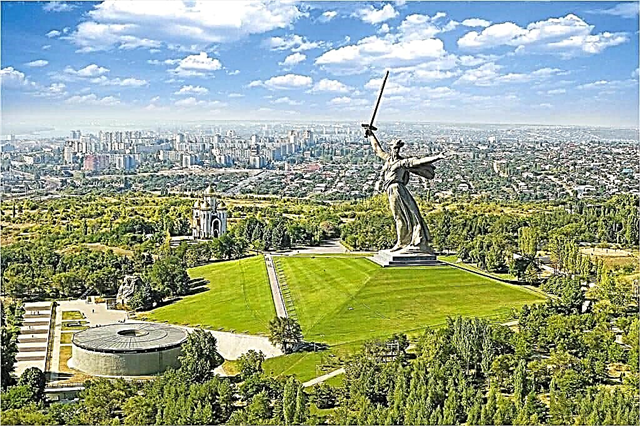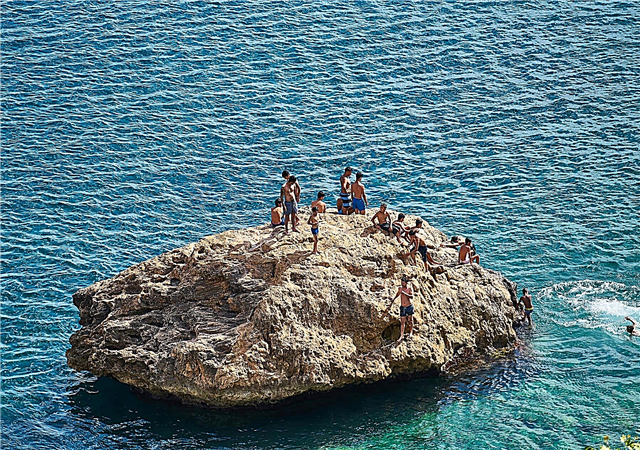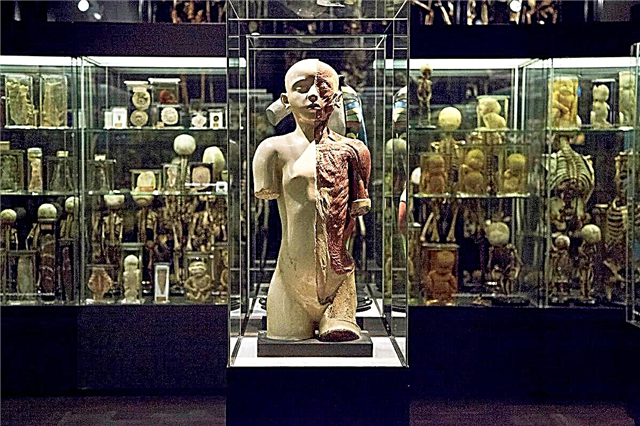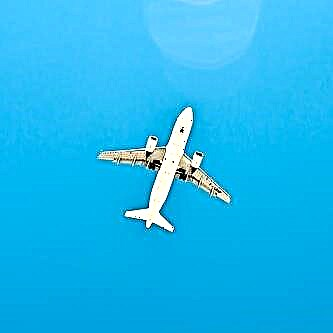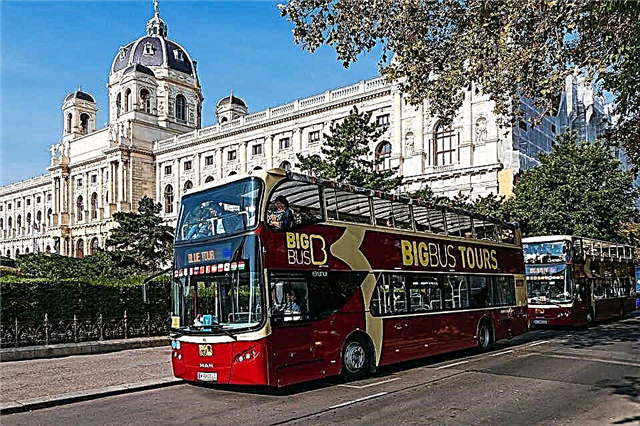Many people begin their acquaintance with Europe from the capitals of Great Britain, France and Germany. However, true connoisseurs of the old world do not bypass Vienna, as an example of a combination of tradition and modernity. If we talk about infrastructure and service, then everything in the main city of Austria is organized at the highest level and taking into account all the latest achievements. This also applies to the convenience of moving, and comfortable hotels, and all kinds of additional services that make life easier for tourists. The restaurants offer guests both local cuisine and dishes from around the world. Stores also abound with products for every taste and wallet. But the most important thing is the sights: from sightseeing tours that cover a lot of everything, to immersion in the worlds of museums, music and architecture.
Excursions in Vienna in Russian
What to see, where to go and what to do in the Austrian capital?
Sightseeing walking tour
This type of excursion is suitable for those who are visiting Vienna for the first time or who want to get to know the city from an unusual perspective. Depending on the guide and his understanding of the needs and interests of travelers, the route is also built. But none of these trips would be complete without a cursory survey of the main attractions and highlights of the capital. Opera, Albertina Platz, St. Stephen's Cathedral, the court church, Mikhailovskaya Square - all this and much more is in the spotlight. Also, tourists will be able to learn how to navigate more correctly and easier in Vienna, where to dine, which shops to visit, and so on.

Bratislava
The compact location of European countries makes outbound tours popular. So from Vienna you can easily get to Bratislava - the capital of Slovakia. This city has a common border with Austria, so it won't take long to get there. Walking along the picturesque streets is only part of the journey. Regardless of the season and weather, guests can always count on the hospitality of local museums, palaces and other attractions. In addition to religious sites and architectural monuments, there are other more attractive places, for example, the zoo, spread out on the mountain slopes.

Salzburg
There are many tours to Salzburg from Vienna. This city is located in the Eastern Alps next to the river. Mozart was born here, to which many sights and excursions are devoted. A multitude of theatrical and musical performances are ready to offer performances and all kinds of performances by orchestras and artists all year round. A walk through the Mirabell Gardens will appeal to connoisseurs of the Baroque. A short funicular trip to the Hohensalzburg fortress will complement your impressions of Salzburg. Lunch or dinner at a good restaurant will round off your trip on a high note and gain an insight into the local cuisine.

Bus excursions
Like walking tours, such excursions primarily provide a reference point for newly arrived tourists. Depending on the guide they liked from the story, they determine what they want to see in detail. The advantage of this approach is that you cannot get tired. Stops are usually made near especially famous landmarks. Burgtheater, Parliament, Natural History Museum, Hofburg, St. Stephen's Cathedral, etc. - the usual route of bus excursions. Among them there are also cyclical ones, where you can get on an electronic ticket, go and sit at any stop.

Vienna Woods
You can go to the Vienna Woods, both during the day and at night. These programs differ, as are the impressions received after the excursions. Day trips most often include visiting the castle, the abbey, the hunting lodge of the emperors, as well as acquaintance with the largest underground lake in Europe, Seegrote. Additionally, you can visit the spa Baden - a privileged place with wineries and thermal springs. Night excursion allows you to plunge into the atmosphere of mystery. The first fact here is not historical information, but touching the legends and a pleasant walk.

Individual excursion by car
This type of excursion differs from the bus excursion in a point approach and in the ability not to depend on others. There is an opportunity to visit all the main attractions: the Danube Canal, Belvedere, the opera, the Town Hall, the Museum of Natural Sciences, the monument to the Soviet soldier and others. Near them, you can make stops or note for the future, where you should go for a full inspection. The car is rented independently or with the help of a guide. Such a trip takes about three hours, depending on the route, the initial plan and the number of stops.

Vienna at night
At dusk, the city takes on a completely different look. Walking and exploring its streets and architectural objects becomes something different from the usual sightseeing tour. This change of perspective can tell even more about Vienna. Since the streets are brightly lit, it will be easy to see the local beauty. An additional bonus is visiting establishments that work only in the dark. This primarily includes clubs. There are tons of fun places for party people of all stripes. Moreover, it is not necessary to choose noisy bars and dance floors: diversity rules the city and satisfies the needs of tourists.

Wachau Valley
A picturesque place, therefore, it is a popular tourist route. The valley is located in Lower Austria. The banks of the Danube passing along the Wachau are wooded hills and small rocks. Wine and fruit are grown here. There are many attractions in the vicinity. Some of them are dilapidated and abandoned, others - Durnstein Castle, Melk Abbey - have been carefully restored and protected by UNESCO. The view of the surroundings from some viewing platforms is incredible. Ancient towns are located near the valley. Their charm and unhurried pace of life is a separate chapter of a trip to Wachau.

Danube
In a sense, this excursion can also be called a sightseeing tour. She is an alternative view of some of the landmarks - the Observatory, Roseour Barracks, Abbey, Ring Tower. Traveling along the picturesque Danube is an opportunity to plunge into the natural beauty and enjoy the guide's story without the bustle of the city at your side. The voyage goes upstream and ends at Nussdorf Castle. The Danube is a river with character. Its banks are not so often gentle. Hills, cliffs and mountainous terrain are the surroundings of the Danube. Moreover, all this is mostly covered with dense bushes and forests.

Schönbrunn
The palace complex, which served as a summer residence for the royal family, has now been turned into a vacation spot for both tourists and local residents. Much of Schönbrunn's history is associated with the reign of Maria Theresa, the only woman to sit on the Austrian throne. Significant events with her participation took place here enough for a whole excursion. In addition to receiving historical information and inspecting man-made plant beauties in the garden, tourists have the opportunity to learn about classic strudel, the secrets of their preparation and the differences from other similar desserts. Festivals and concerts are held in Schönbrunn depending on the season.

Gazebo
The palace complex built in the Baroque style. Initially, it was the residence of the commander, and then became the property of Maria Theresa. The Belvedere Garden is considered the oldest in Europe. It was laid according to the rules of strict symmetry, to which not only hedges, flower beds and paths are subject, but also statues with fountains. The flora here is diverse and represents almost the entire variety of plants in Austria. The bloom makes the garden amazingly beautiful, so the best time to visit is spring and summer.The Belvedere art collection is impressive. Some specimens are so sensitive that they cannot be photographed.

Museum of art history
Founded in 1889. When creating a museum and compiling collections, the Austrians largely adopted the experience of other countries. The expositions are divided by countries, schools and periods. Among the paintings on display, there are recognizable all over the world, for example, "The Erection of the Tower of Babel" or "Hunters in the Snow". During the excursion, the guide will help you navigate in the assessment of creativity, understand the style and intentions of the masters, and also develop a critical attitude to what you see. Thanks to this collection of art objects, the museum ranks among the important points on the tourist map, especially for art lovers.

Vienna treasury
Located in the Hofburg. The basis of the collection is especially valuable items related to religion and the institution of the monarchy. Most were previously owned by the Habsburgs. It is a fund of the Museum of Art History. Occupies a total of twenty-one rooms. Among the most significant exhibits are: the cradle of Napoleon's son, made of pure silver; the so-called "Spear of Fate", which was overgrown with legends and myths, so firmly entrenched that real historical figures hunted for the artifact; the imperial crown from the times of the Holy Roman Empire; precious stones of a thousand and more carats, and so on.

Opera
Founded in 1869. The main opera house of Austria. Everything is remarkable here, from the history of its origin to the architectural ensemble. At different times, the most important artists of this genre performed on the local stage. Until now, being here is the highest point in the singer's career. The density of the concerts is amazing: the building is always filled with the sounds of music. During the tour, guests will be lucky enough to provide behind the scenes while preparing for one of the performances or at a rehearsal. The bustle of the theater will allow you to feel the atmosphere and perceive stories about the history of the opera in a completely different way.

Hallstatt
The city is located among the mountains in the Salzkammergut region, near a lake with clear, transparent water. The road to it from Vienna runs along the Autobahn. There is an opinion among travelers that, for all the beauty of photographs from this corner of Austria, they do not convey it with the truth of beauty: you need to visit here in order to appreciate all the splendor of the landscapes. Numerous excavations were carried out in the vicinity of the city: the artifacts found are stored both in Hallstatt and beyond. The largest monastic library in existence, abbeys and fortresses of all kinds are all part of a great adventure that awaits tourists.

Alps
Mountains are a combination of nature and man-made beauty, built among hills and ridges. During the excursion, beautiful views and panoramas are combined with stories about important historical milestones, the peculiarities of the region and entertaining facts. It is better to get here by train, but other travel options are also possible. Operating and monumental religious institutions are open for visiting: cathedrals, churches, monasteries. A stop in an alpine village will show how different these places are from the capital. Lovers of schnapps and milk will definitely not be left out of tasting national Austrian drinks.

Art
Vienna can be called a city of art. Although it is on this indicator and is inferior to some European cities. However, this does not mean that individual pearls in the collection of her paintings, sculptures, graphics, and other things are not worthy of special attention. An important base for Viennese art was laid by artists from the Secession, a movement that largely shatters previous ideas about the canons. You can see their work, as well as other canvases, in the Vienna Museum, the National Art Gallery, the Museum of Art History, as well as at other exhibitions and expositions.

Musical Vienna
The Austrian capital has a lot to do with music. It is not surprising that this type of excursion is allocated in a special direction. Most often, this is a walking tour with a visit to iconic objects - houses where the great musicians of the era lived, worked and died - Metastasio, Vivaldi, Mozart and others. The final part is a visit to the Museum of Music. By this time, tourists have already learned enough about the history, so it's time to get down to business themselves. Those who wish will pick up a stick and notes to conduct a real orchestra.

Architectural Vienna
Almost any building in the city is a monument to an era, style or historical event. Significant places and landmarks of such an excursion: the Vienna Opera, the Academy of Arts, the University, the Burgtheater, cathedrals and churches, mansions of different times and new buildings that have already received recognition, or, on the contrary, have caused a flurry of criticism. The proximity of temporary layers in the architecture of the capital does not bring disharmony into the overall appearance of the city. Many buildings changed due to circumstances, destroyed and rebuilt again, this was only for the benefit of Vienna and its appearance.

Unusual excursions
For seasoned tourists who have seen a lot, Vienna can provide something like exclusive excursions - walks in places that usually remain in the shade and a story about the legends associated with the city. Rumors about the existence of Masonic lodges have been circulating in the capital for a long time, the “Spear of Fate” is of particular importance, attracting the mighty of this world, some paintings are credited with almost mystical properties, and stories about the Templars even combine a close interweaving of facts and fiction. You can learn about all this from a competent guide who understands the topic. Also, do not miss a walk through the narrow streets of Vienna, where houses with unusual facades are located. Another destination is visiting iconic cafes and eateries. Here guests are offered classic national treats along with a couple of stories about the city and its traditions.

Cycling
A trip to the capital of Austria is not a reason to give up active rest. You can always find an opportunity to combine business with pleasure: learn more about a new place, as well as stay in great shape. The starting point of such an excursion depends on the season and the preferences of tourists. Usually guides in this direction are active and easy-going, so it is not difficult for them to reshape existing plans and adapt to the client. Part of the route is covered on foot, there are stops. This is necessary not only to take a breath, but also to explore some of the sights.

Photo excursion
A special direction in tourism, which is close not only to professional photographers, but also to those who want to bring vivid memories from a trip in the form of perfect pictures. A guide who knows the city well will tell you what time is best to visit the Belvedere estate or the city park, which side is the best view on the Danube embankment and the Rose Garden, and will also take you to places that the camera especially loves: Hofburg, Cafe Demel, Burggarten, Town Hall , Schönbrunn and others. Such a trip will not be complete without a story about the city and the sights, so the excursion turns out to be two in one: photographic and sightseeing.

Graz
It is located in the southeast of the country on the banks of the Moore. There are both popular tourist routes and little-known destinations. The basis of the trip is the opportunity to plunge into the past, visit ancient castles and wander through the ruins and ruins. In addition, along the way, there are classic Austrian villages that show the life of the country from a completely different point of view: unhurried, cozy, devoid of urban nervousness. The center of Graz is protected by UNESCO as a historical monument. The city is famous for its arsenal, zoo, university and Schlossberg castle.

Budapest
Another tour to the capital of another state from Vienna is a trip to Budapest.Such a sightseeing tour will help you understand what is most beautiful and important in the city from a cultural point of view. Some places of interest, such as the Church of St. Stephen, the royal court, and the fishermen's bastion, the longest tram or the largest synagogue, are worth dwelling on. Some of the other remarkable places will have to be left for later, since you cannot cover everything in one visit. The rich architectural heritage makes any walk in the capital of Hungary akin to a trip to a museum.

Vienna and wine
For the Austrian capital, winemaking is not only a tradition, but also an important economic component. On the border of the Vienna Woods, just outside the city, vineyards begin, which stretch for six hundred hectares. Wine shops not only sell the local natural alcoholic product, but also offer to taste it. There are many tourist routes related to this topic. Someone prefers to confine himself to a brief summary and proceed to a small feast, while others want to walk along the slopes and immerse themselves more fully in the world of winemakers, inspect the production and find out how some varieties differ from others.



